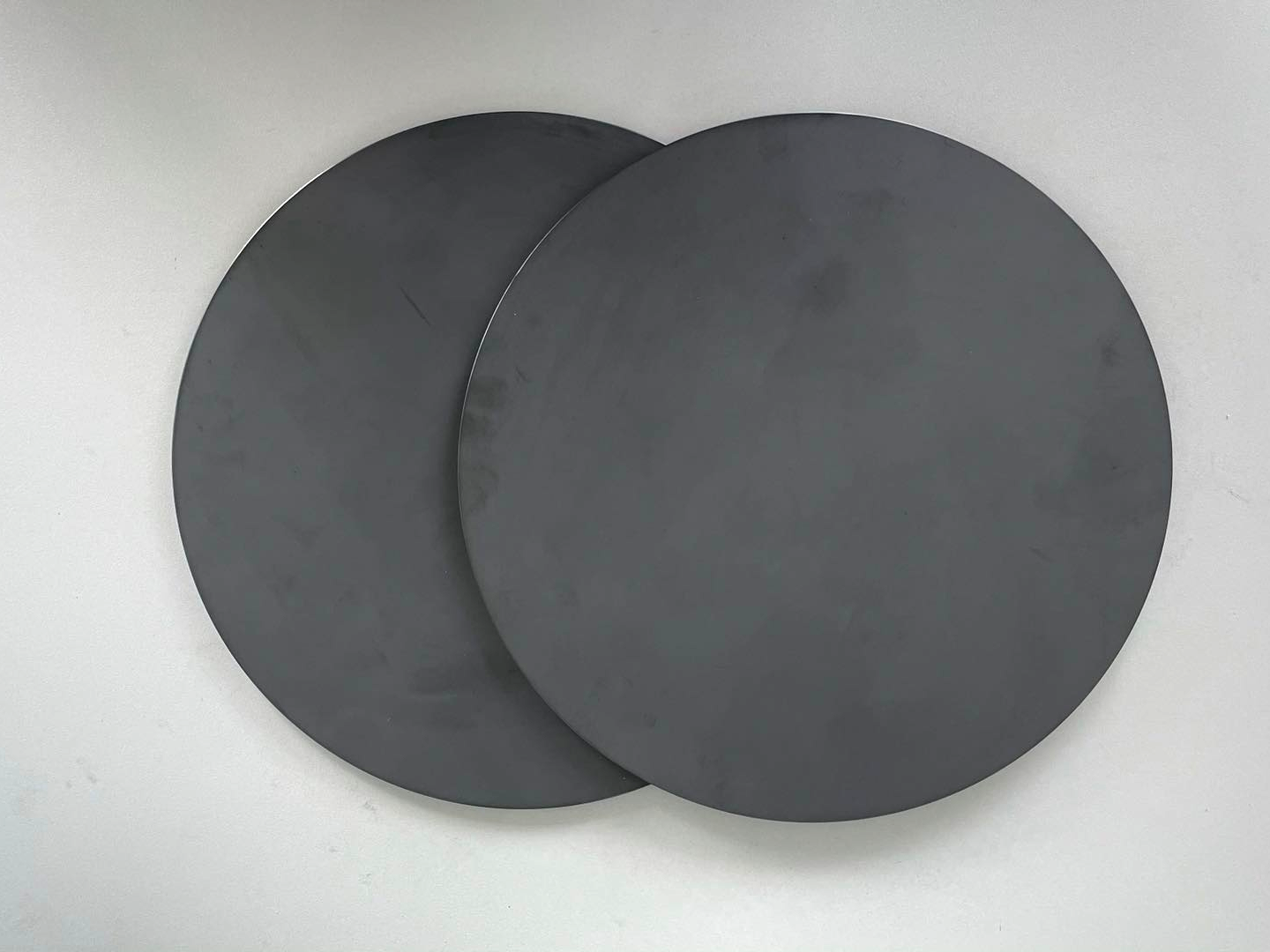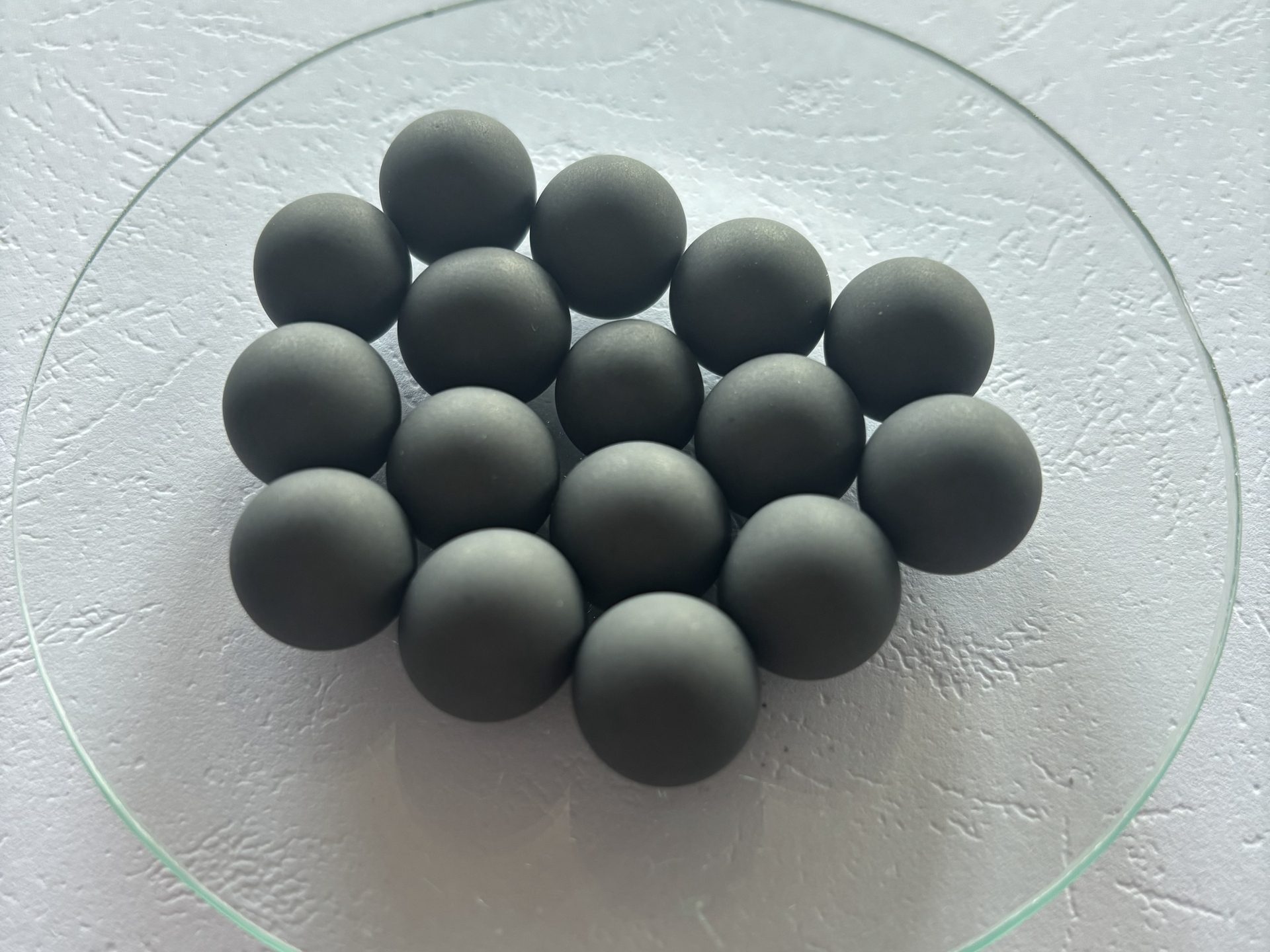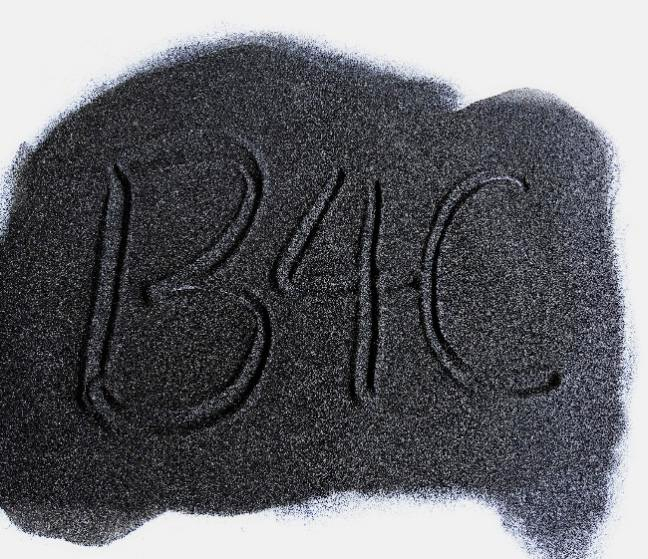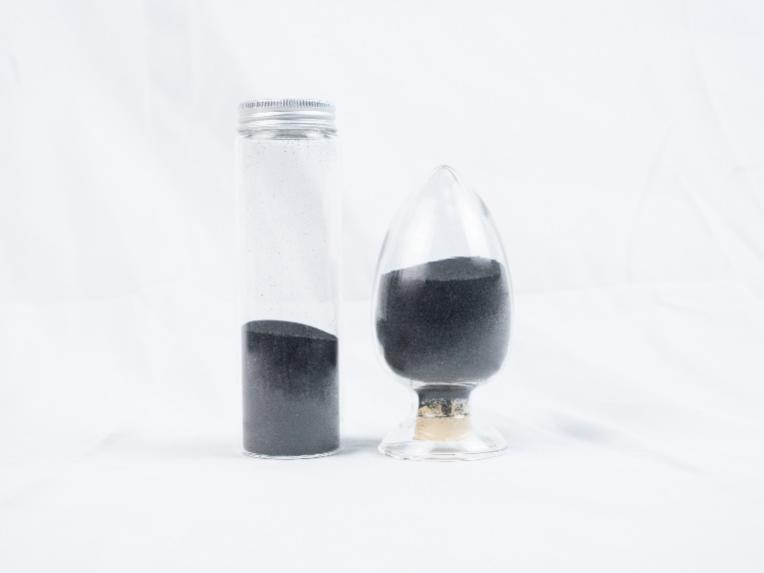Boron Carbide (B4C) Hot Pressing Sintering for High-Density Nuclear Shielding Components
Introduction to Hot Pressed B4C in Nuclear Applications
Boron carbide (B4C) is a high-performance ceramic material essential for neutron shielding in nuclear systems. When manufactured via hot pressing sintering, B4C achieves near-theoretical density, superior mechanical strength, and consistent microstructure. These properties are critical for structural integrity and shielding effectiveness in high-radiation environments such as reactors, fuel storage, and nuclear transport systems.
Hot Pressing Sintering Process Overview
Hot pressing involves the simultaneous application of heat and pressure to compact B4C powder into dense, shaped components. Unlike pressureless sintering, hot pressing minimizes porosity and enhances grain bonding, resulting in parts with higher strength and improved neutron attenuation.
Process parameters:
Sintering temperature: 1900–2100°C
Pressure: 25–35 MPa
Atmosphere: vacuum or inert gas (argon)
Densification: >98% theoretical density
This method is ideal for fabricating structural shielding blocks, absorber rods, and precision tiles used in critical nuclear infrastructure.
Key Properties of Hot Pressed B4C
High-density B4C components produced through hot pressing offer:
Boron-10 enrichment up to 95%
Density ≥2.50 g/cm³
Flexural strength ≥400 MPa
Fracture toughness: 3.5–4.5 MPa·m½
Thermal stability above 1000°C
Low neutron activation and gamma dose emission
These performance metrics make hot pressed B4C superior to conventional ceramics in both static and dynamic neutron shielding roles.
Application Scenarios in Nuclear Systems
Reactor Core Shielding Blocks
Hot pressed B4C blocks are deployed around the reactor core to attenuate neutron flux and protect structural internals. Our nuclear-grade B4C blocks meet dimensional and purity requirements in PWR, BWR, and experimental reactor designs.
Control Rod Absorbers
High-density sintered B4C is used in the active absorber regions of control rods. These components must endure mechanical stress and high thermal loads while maintaining neutron absorption efficiency.
Spent Fuel and Transport Shielding
Hot pressed tiles and inserts are integrated into sheet metal fabricated casks and containment systems for spent nuclear fuel. They provide lightweight, high-performance neutron attenuation in dry storage and transportation.
Beamline Neutron Collimators
In research facilities, hot pressed B4C is shaped into precision collimators and apertures to guide and attenuate neutron beams in accelerator and test reactor environments.
Manufacturing Capabilities
We produce hot pressed B4C parts using boron-10 enriched powder that complies with ASTM C750 and ANSI/ANS 6.4.2 standards. Our pressing equipment supports large-format blocks and precision geometries with tight dimensional tolerances.
Capabilities include:
Custom molds for plates, cylinders, and complex geometries
Part sizes up to 300 mm × 300 mm × 100 mm
Dimensional tolerance: ±0.02 mm
Repeatable batch production for series applications
Surface Treatment and Composite Integration
To enhance environmental durability, B4C shielding parts can receive thermal coatings, passivation, or be integrated into composite shielding panels with aluminum or stainless steel backing for structural support.
Testing and Quality Assurance
Each batch of hot pressed B4C components undergoes:
Density and porosity measurement (Archimedes method)
Flexural and compressive strength testing (ASTM C1161)
Dimensional inspection via CMM
Isotopic analysis of boron content (ICP-MS)
We supply complete certification documentation to meet nuclear regulatory requirements and customer QA protocols.
FAQs
What is the difference between hot pressed and pressureless sintered B4C for shielding use?
How does high density affect neutron attenuation in B4C components?
What part sizes and geometries are possible with hot pressing?
Are high-10B B4C parts available in modular assemblies?
How are hot pressed B4C components qualified for reactor installation?




